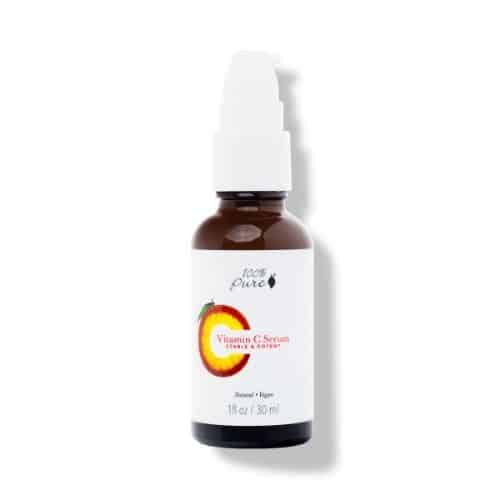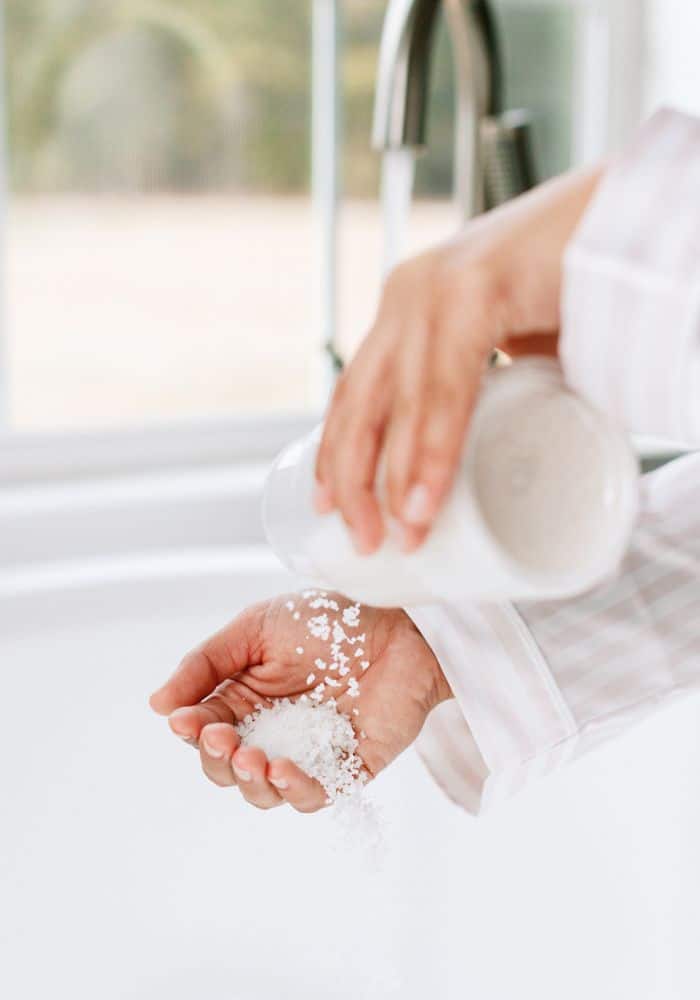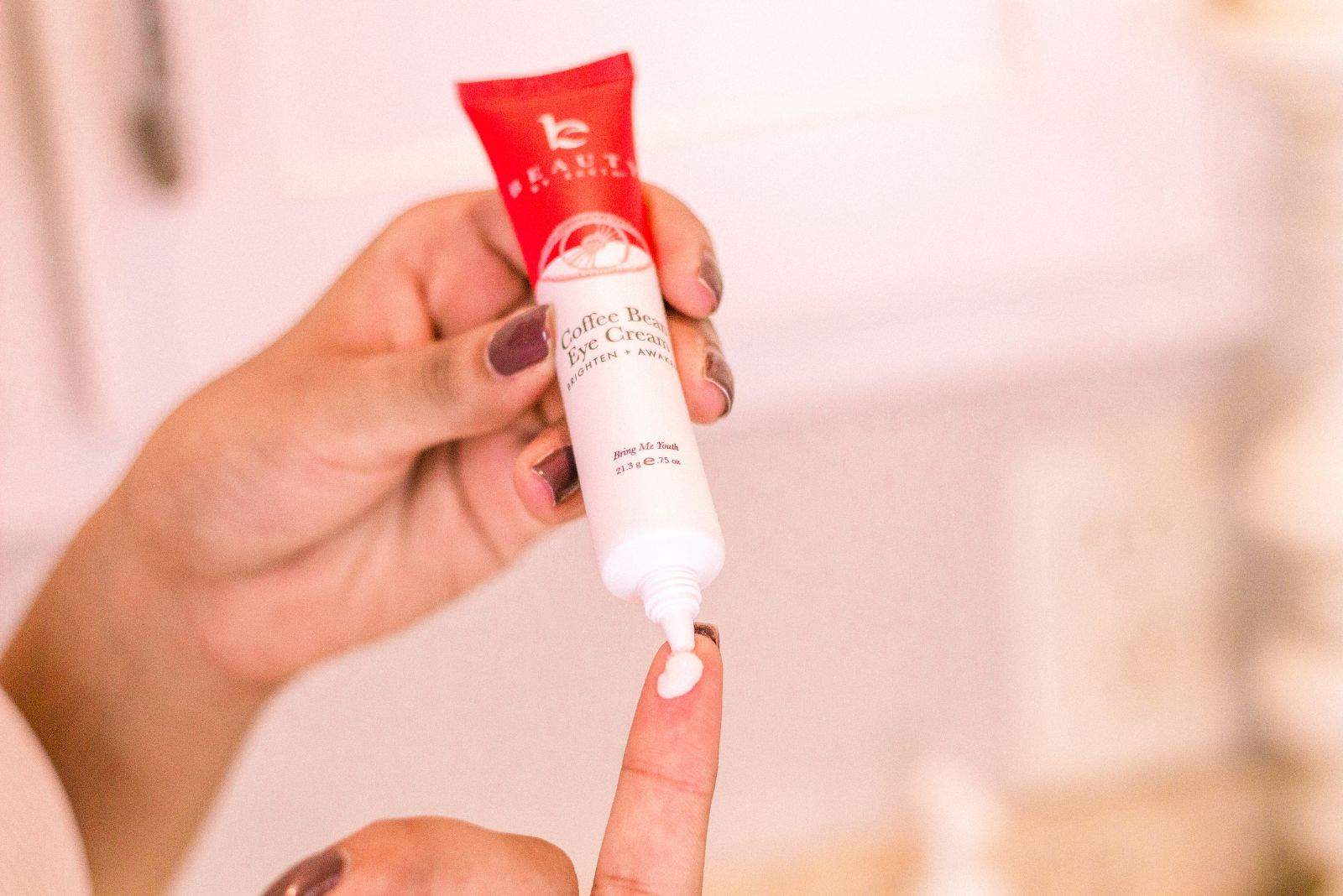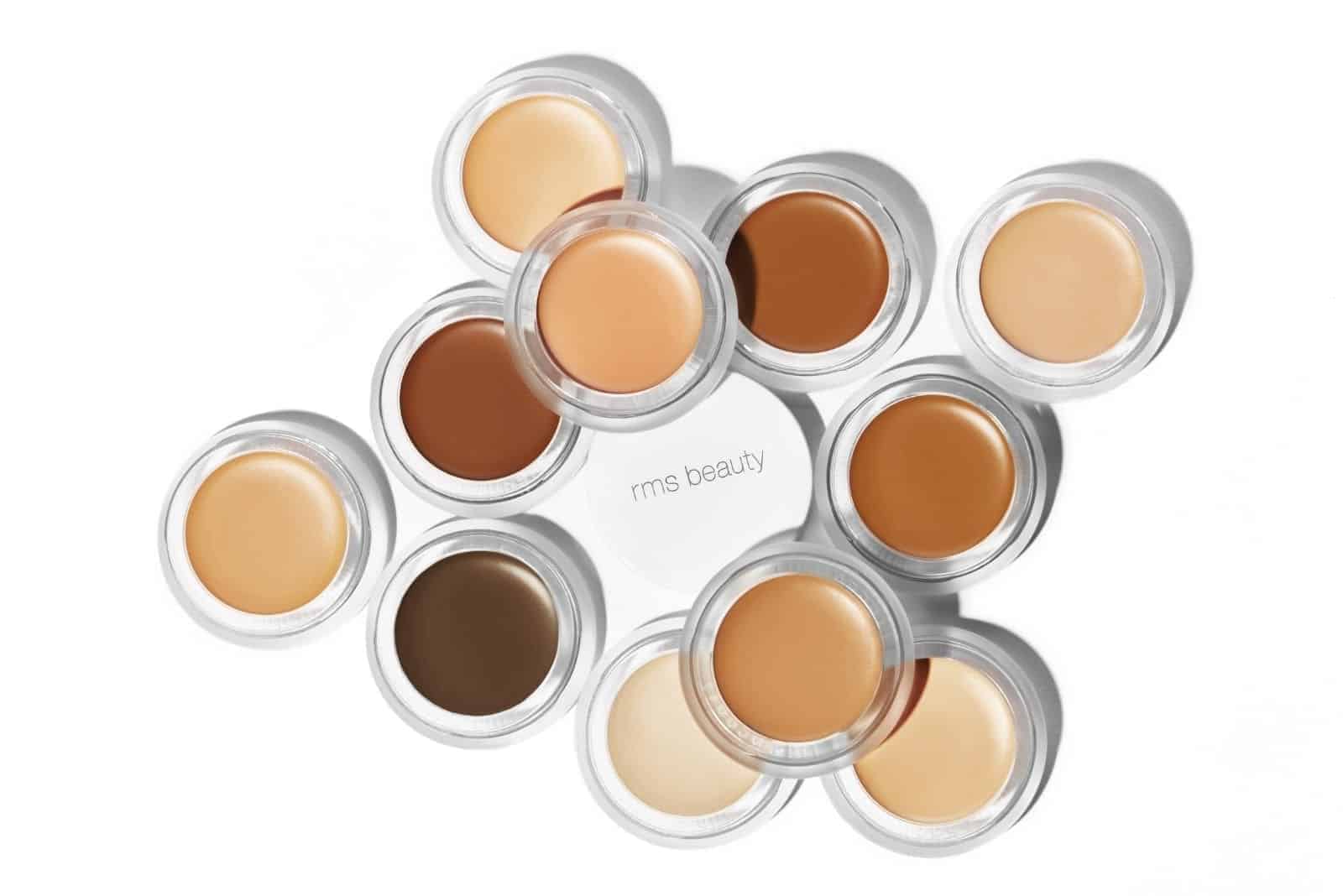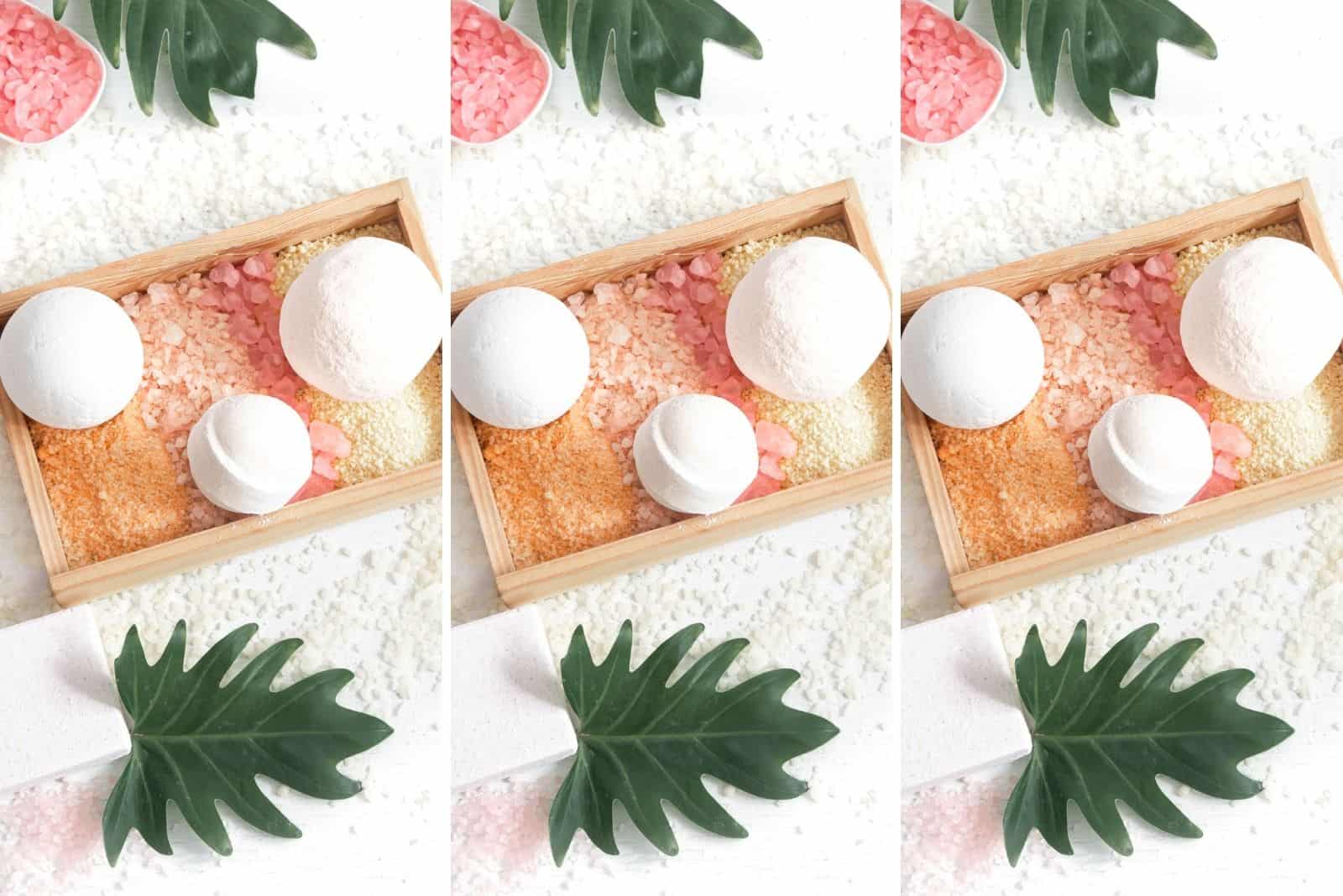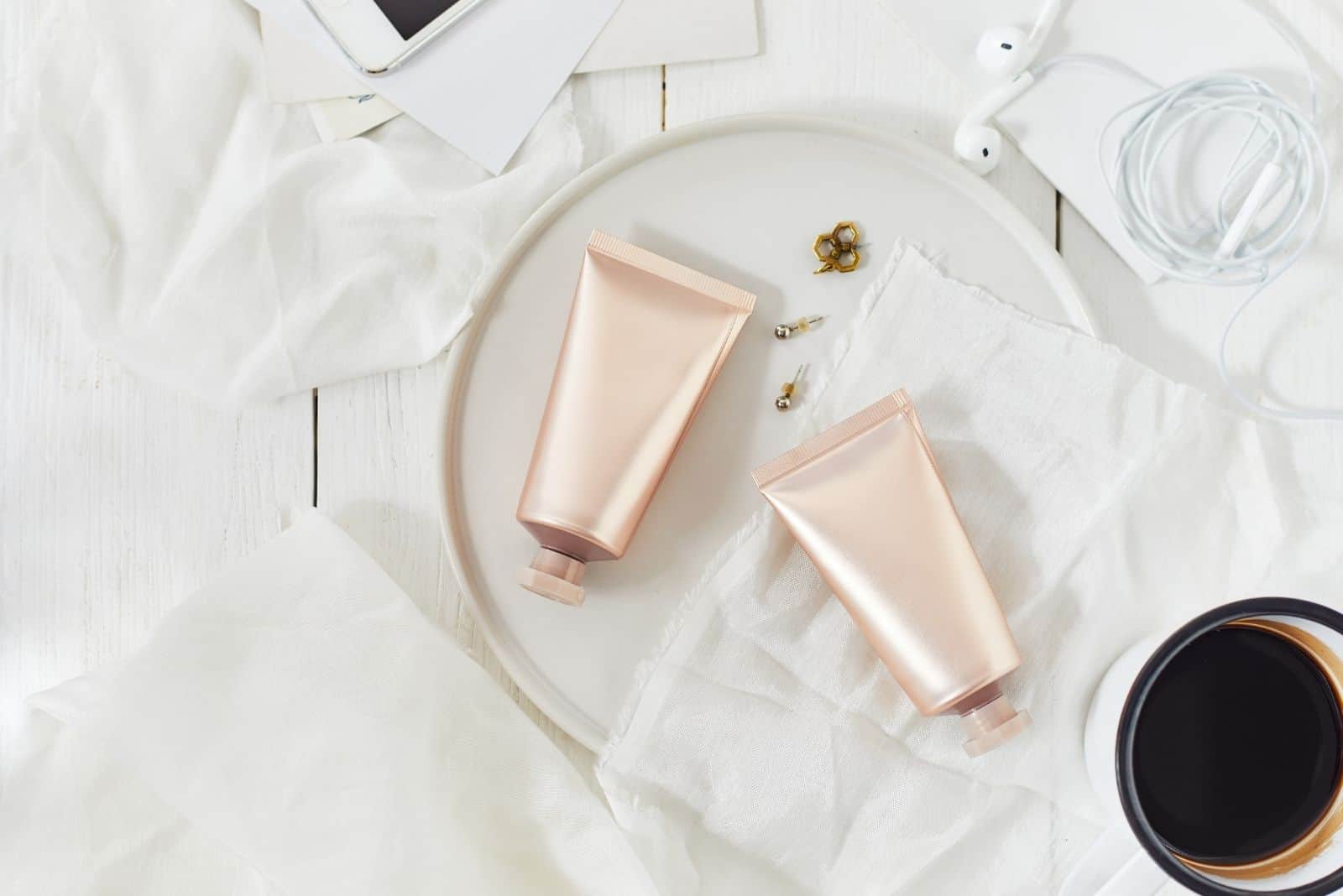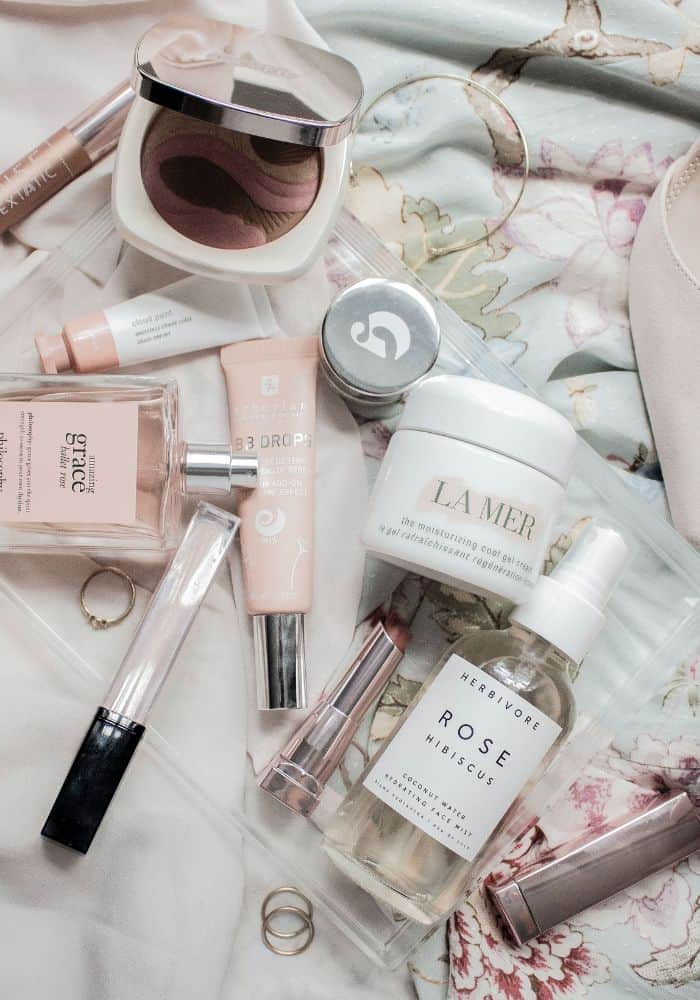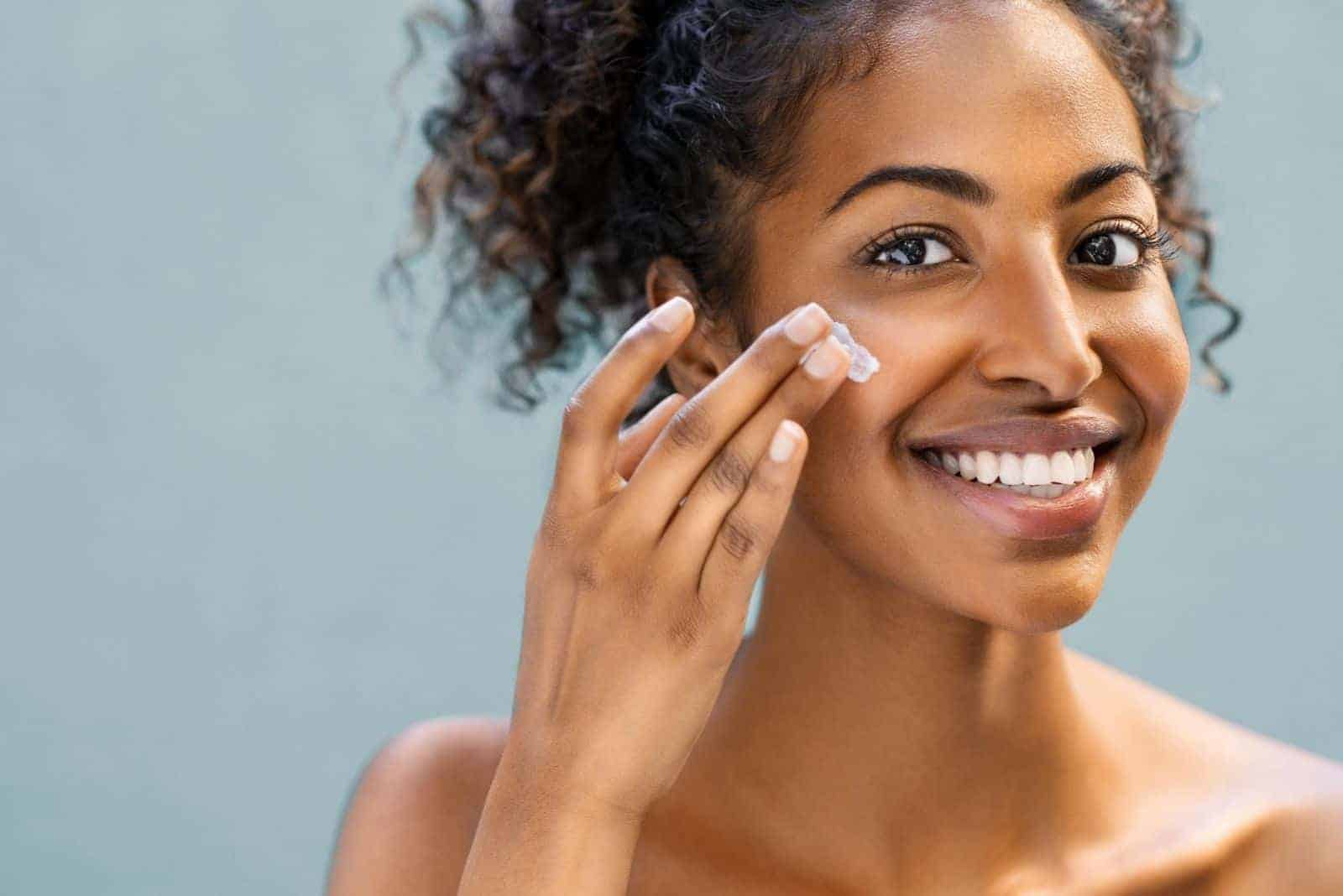Finding a new beauty staple is the best feeling. This post will teach you everything you need to know about how to tell if your beauty products are clean and how to quickly find clean staple products you'll love for years to come.
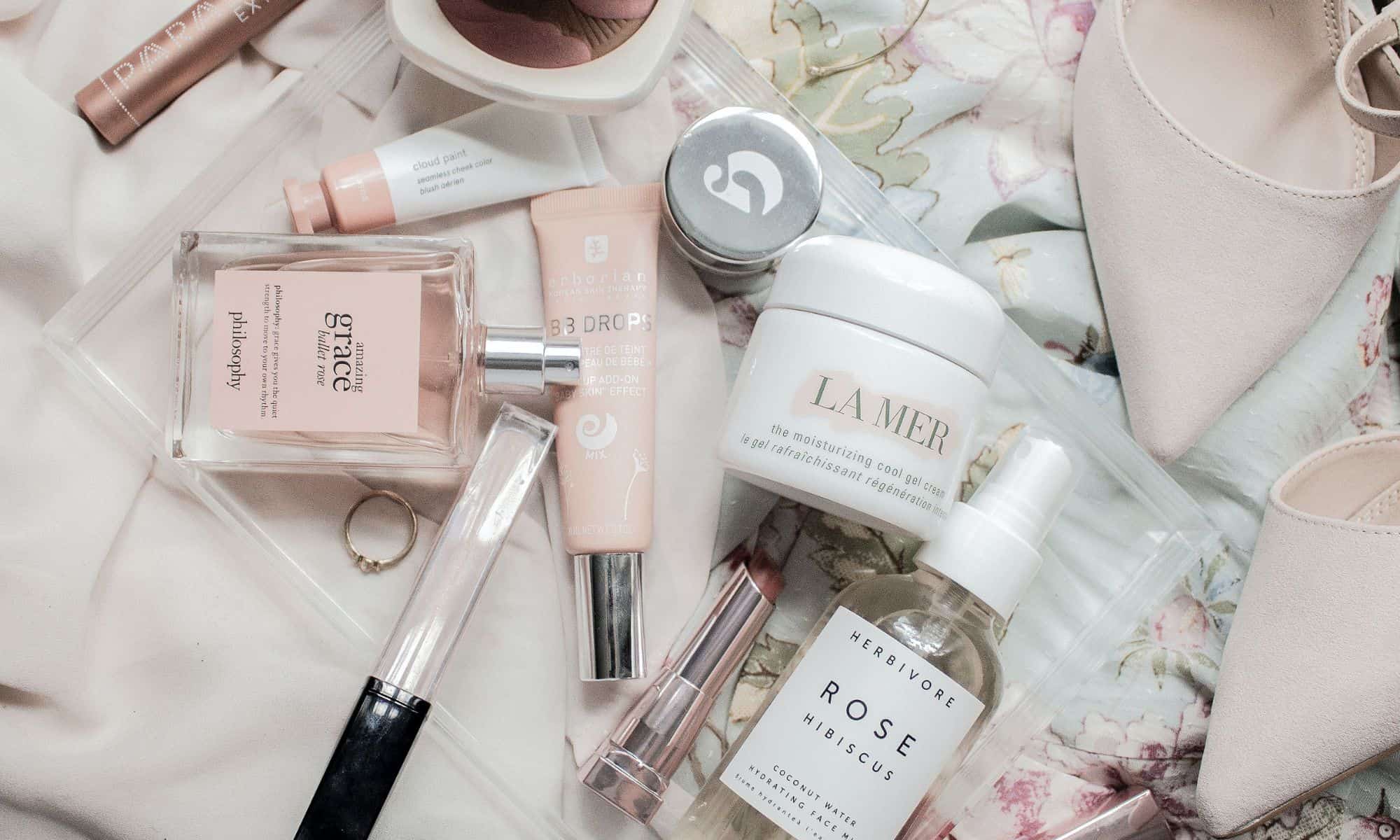
What is Clean Beauty?
The term "clean beauty," while unregulated by the FDA, refers to both an ideological shift about cosmetic standards and an effort by beauty brands to meet consumer demand for healthier formulas.
Clean beauty products are usually formulated with synthetics. The ingredients are determined to be safe by professionals who create different safety standards for beauty supply stores and brands. As long as these materials do not pose health risks.
How are Clean Beauty Products Evaluated for Safety?
Products are evaluated for safety based in the percentage of ingredients in a formula.
However, the methods for determining ingredient safety vary by country. In the United States, banned ingredient lists are a popular tool for determining the safety standards set by brands and supply stores. In Australia, the standards are territory-based. In the EU, yearly tests are conducted and there is a list of banned ingredients for reference.
Clean product databases are a popular tool for learning more about ingredients. However, databases are controversial because the percentage of an ingredient in a formula might be deemed safe by despite the database evaluation of a pure ingredient.
Essential oils and fragrances, even organic cocktails, affect the rating of products.
For example, a product might receive a moderate database rating for having orange oil or another essential oil. In addition, bands are not required to disclose the ingredients in perfumes and fragrances.
Some brands seek certifications to show consumers a commitment to quality without revealing trade protected formulas. Even so, it's not always possible to determine all of the ingredients in a fragrance. However, fragrance, flavor, and parfum are not regulated. You could come across a brand with a USDA-certified organic flavor. As long as you see the organic certification, the ingredients must follow the guidelines outlined by the organic certification.
Common Product Evaluators:
The Clean Beauty Spectrum
Every brand defines clean beauty differently, so it's important to check a brand's commitments, certifications, and ingredient standards in addition to recommendations from skin care specialists.
Clean beauty is not a one size fits all cure for healthy choices, and clean beauty websites are a guide.
Some ingredients in products pose a slight risk of irritation (such as essential oils) and some ingredients known to cause irritation such as phenoxyethanol receive a safe rating on sites such as EWG depending on the concentration in a specific product.
The EWG rates products on a scale of 1-10 for safety while Think Dirty has a similar system. CosDNA evaluates the safety of each ingredient.
Green Beauty Products
Green beauty is an elusive term due to the common phenomena of green washing, a marketing technique designed to make products sound clean and environmentally friendly even if they might not be.
According to Harper's Bazar, green beauty indicates the products are environmentally friendly. However, the term is not regulated. Cosmetics companies can use the term even if products have a negative effect on the environment.
Green beauty refers to sustainable products that have a lighter environmental footprint. Packaging, travel emissions, and production are all aspects to consider when choosing green beauty products.
How Do You Know If It's Green?
Research is key to determining whether or not a product is environmentally-friendly because the term is not regulated or standardized. Until the term is regulated, research is absolutely neccessary to sort through the marketing and assessing the environmental impact of cosmetics.
Beauty supply stores are a great resource because the product criteria is clearly defined. For example, Beauty Heroes, an ocean-friendly brand, clearly outlines what it means to be a blue beauty brand so shoppers know if the brand will work for them.
Natural Beauty Products
Natural beauty is free of synthetics. However, natural products are not necessarily healthy or beneficial for your skin care routine.
Dacy Knight, a writer for Byrdie compares natural skin care to our natural environment, telling readers to: "Think of it this way: Poison ivy is natural, and it absolutely causes irritation, right? Surely there's no poison ivy in your skincare products, but the comparison is to prove natural doesn't always mean good when your skin is concerned."
Natural beauty is also not always vegan beauty. Natural brands use beeswax and other naturally occurring materials to create natural products.
Organic Beauty Products
"Organic" is not regulated by the FDA. Cosmetics companies are free to use the term for marketing purposes. This is misleading for consumers who are shopping for green, or sustainable cosmetics.
Common Organic Certifications
There are several organic certifications to help you identify the organic standards different brands follow.
USDA Organic
USDA Organic certifications require products to contain pure, organic ingredients. According to 100% Pure, a certified organic company that discusses the certification requirements, 95% of the product must be organic in order for the USDA Organic Seal to appear on the package.
EcoCert
According to EcoCert, the EcoCert COSMOS Organic Certification is presented to companies that have "at least 20% of organic ingredients are present in the total formula (10% for rinse-off products)" and if "95% minimum of the plants it contains are organic."
COPA: California Organic Products Act
COPA, instated in 2017, is a strict requirement for organic products. According to Juice Beauty, a clean beauty brand in compliance with USDA and COPA requirements, products sold in California must meet COPA requirements and have at least 70% organic ingredients. According to the FDA Law Blog, "Under COPA, cosmetics with organic claims must contain at least 70 percent organically produced ingredients. Unlike OFPA, which may be enforced only by USDA, COPA is enforceable by any person who may bring an action for injunctive relief."
BDIH Certified
BDIH Certified Natural Cosmetics Seal examines each ingredient to assess product safety, organic quality, and how natural the ingredients are. According to the International Organic and Natural Cosmetics Corporation, "the aim of the BDIH Standard is to define the term natural cosmetics in a factually correct and comprehensible way and to create transparency to benefit the consumer." If you are looking for natural products, the BDIH certification seal is a good one to look for (more below).
CCPB
CCPB European Organic Certifiers Council is based in Italy and uses an Organic IT System to certify organic cosmetics, The CCPB, also known as the EEOC does not allow for animal testing. All cosmetics products must undergo an inspection and meet the Organic Production Standards of the CCPB.
Other Considerations
An important consideration is that many organic brands cannot achieve a certification because the pigment used in makeup products is not organically grown.
According to RMS Beauty, a brand known for organic ingredients, "Color minerals used in color cosmetics can not be certified organic because they are not grown. Skin care lines without color can apply for USDA Certification."
Brands that are completely organic besides the use of pigment label themselves as organic because their products contain natural ingredients.
Navigating Ingredient Standards
Sorting through the buzzwords in the cosmetic industry is not easy if you are new to clean beauty. It is so important to take time to research products before using them.
One ingredient I look for at the top of the list is water.
As you look for ingredients that matter to you, making a list you can keep on hand until you become more familiar with clean beauty terms can help you shop more quickly.




